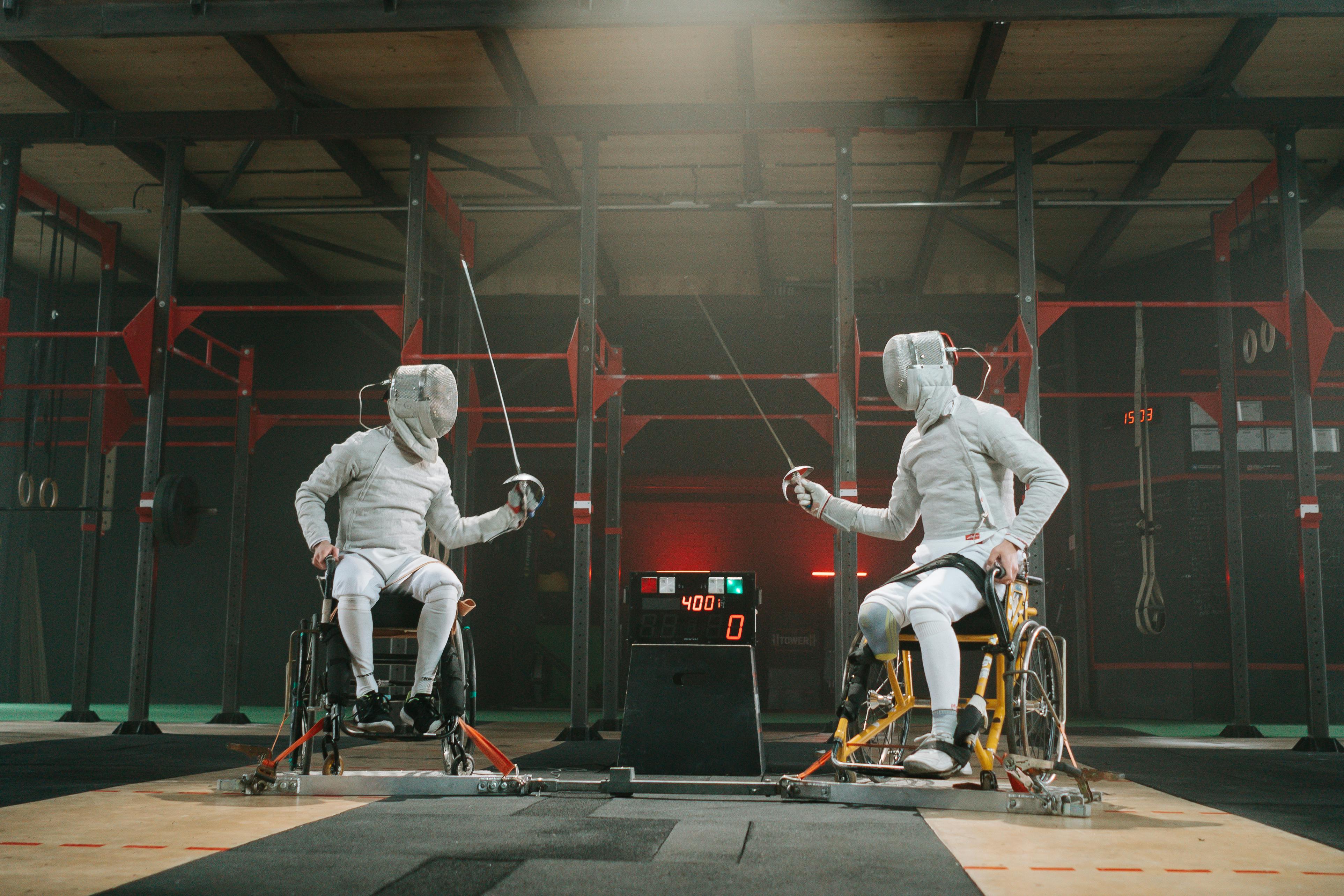Breaking Barriers: The Rise of Adaptive Sports
In the realm of athletics, there's a revolution happening. A revolution that is challenging societal norms, pushing physical limitations, and redefining the very meaning of sports. This is not the typical sports revolution involving technological advancements or a change in the dynamics of popular sports. It's about adaptive sports, a world where individuals with disabilities compete and excel.

Adaptive sports, also known as disability sports or parasports, are sports played by individuals with a range of physical and intellectual disabilities. These sports have a rich history, current trends that are shaping the future of athletics, and ample real-world benefits for participants. This article will offer a comprehensive view of adaptive sports, from their historical context to their modern-day implications.
From Rehabilitation to Recreation: The Historical Context of Adaptive Sports
Adaptive sports have a rich and compelling history. The concept emerged post World War II, with injured veterans seeking physical rehabilitation and psychological recovery. The Stoke Mandeville Games in 1948 marked the inception of organized sports for the disabled. These games eventually evolved into what we know today as the Paralympic Games, a testament to the progress and acceptance of adaptive sports.
The Current State of Adaptive Sports: Trends and Developments
Adaptive sports have grown significantly over the years. Today, there are countless sports adapted to accommodate various disabilities, from wheelchair basketball to blind soccer. The Paralympic Games have also seen substantial growth, with the number of participating nations and athletes increasing every year.
One of the most significant current trends is the integration of adaptive sports into mainstream sports organizations. This reflects a shift towards inclusivity and equal opportunities for all athletes, regardless of their physical abilities.
The Science Behind Adaptive Sports
The key to adaptive sports lies in the adaptation of equipment and rules to suit the abilities of the athletes. The science behind these adaptations is both fascinating and complex. It involves biomechanics, physiology, and engineering to create an environment that facilitates competition and promotes physical fitness among disabled athletes.
The benefits of adaptive sports are numerous. They offer an avenue for physical activity, which is crucial for maintaining health and managing disabilities. Moreover, they provide psychological benefits, including improved self-esteem, stress management, and a sense of belonging.
Real-World Applications and Implications
Adaptive sports have profound real-world implications. They promote inclusivity, challenge societal perceptions of disability, and inspire individuals with disabilities to pursue their athletic passions.
The integration of adaptive sports into schools, colleges, and community organizations is growing, further highlighting their significance in society.
The Future of Adaptive Sports: Challenges and Opportunities
Despite the progress, adaptive sports face several challenges. These include lack of funding, limited access to facilities, and societal prejudices. However, these challenges present opportunities for growth and advancement.
With increased advocacy, technological advancements, and societal shifts towards inclusivity, the future of adaptive sports looks promising.
Every revolution brings about change, and the adaptive sports revolution is no different. It’s a revolution that’s redefining sports, challenging societal norms, and inspiring athletes worldwide. It’s a revolution that’s breaking barriers and showing us the true power of the human spirit.





